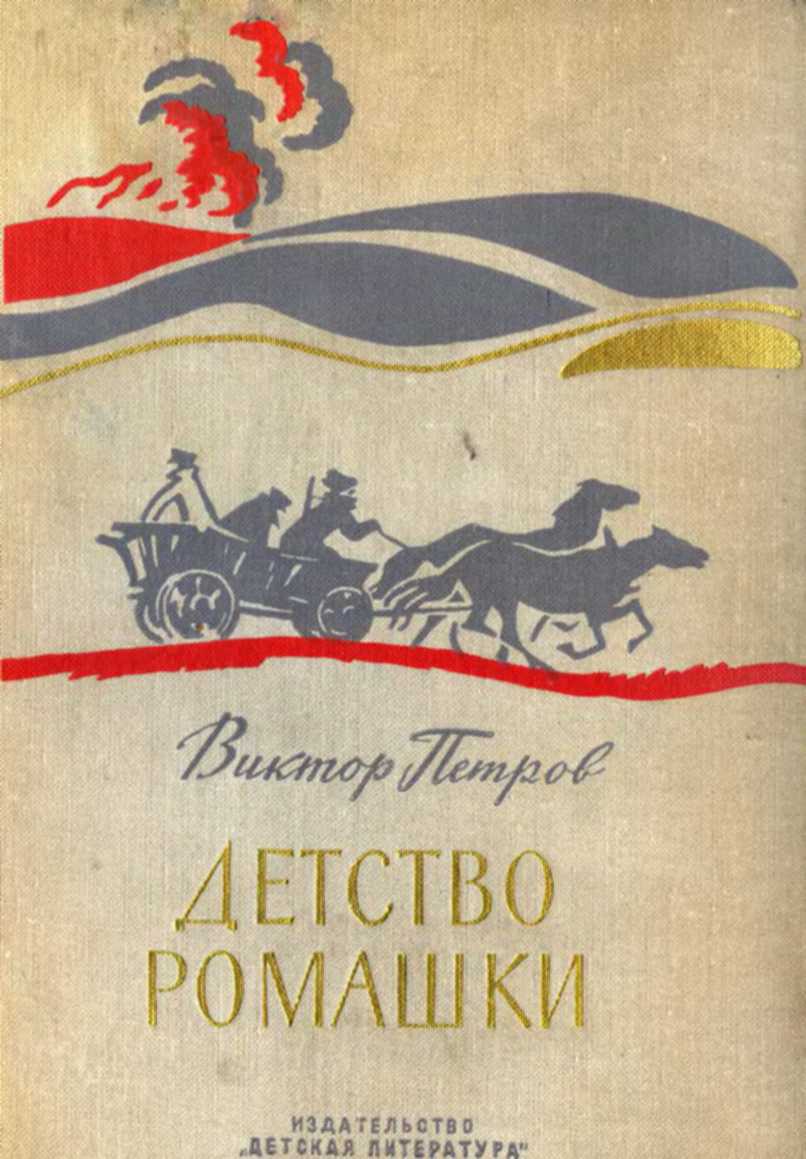chief counsel of NBC. This raised enough hackles in Washington that Congress was forced to pass a law requiring that thenceforth FCC staff would have to wait a year before cash- ing in with industry.
363. Bilby (1986, p. 184).
364. Klepper (2016, p. 42).
365. Levy (1981, p. 116).
366. Levy (1981, pp. 129–30).
367. United States v. Radio Corporation of America, 1958 Trade Cas. ¶69, 164 (S.D. N.Y. 1958). 368. Levy (1981, pp. 159–60).
369. Johnstone (1999, p. 12). A similar compulsory-licensing order against Xerox would give Japan access to copier patents as well (Scherer 1992, p. 187).
370. Louis Johnston and Samuel H. Williamson, “What Was the U.S. GDP Then?” Measur- ing Worth, https://www.measuringworth.com/datasets/usgdp/ (accessed October 19, 2020).
371. Goldin and Katz (2009, p. 84).
372. This point has long been recognized in the context of Europe and Japan, whose even more rapid growth reflected “the catch-up for ground lost in two world wars and in the most severe economic depression to date” (Crafts and Toniolo 1996, p. 3).
373. “Table 1: Persons Obtaining Lawful Permanent Residence Status: Fiscal Years 1820 to 2018,” US Department of Homeland Security, https://www.dhs.gov/immigration-statistics /yearbook/2018/table1 (accessed October 19, 2020).
374. Jones and Tertilt (2008, p. 177). Replacement level is 2.1 children per female.
375. Goldin and Katz (2009) understand the fall in the returns to schooling in terms of the increased supply of skilled labor attendant on the high-school movement of the early century. But it is far from clear that the precipitous fall in those returns between 1939 and 1949 can be accounted for solely by a supply-side effect. The American workforce would become more edu- cated over the postwar era, continuing the upward trend: in 1948, 12.3 percent of male workers had had at least a year of college; by 1959, that number was 18.3 percent; and by 1976, it was 32.5 percent. The G. I. Bill, which subsidized college education for veterans, accounts for some of the increase in schooling. On the whole, however, it “can at most explain only a small share of the postwar prosperity in the United States” (Rockoff 1998, pp. 112–13).
376. Jones and Tertilt (2008).
377. US National Center for Health Statistics (1966, Table 1–7). 378. Schweitzer (1980, p. 90).
642 Notes to Chapter 8
379. Zhao (2014). For tax rates see “SOI Tax Stats: Historical Table 23,” Internal Revenue Service, https://www.irs.gov/statistics/soi-tax-stats-historical-table-23 (accessed October 22, 2020).
380. Rockoff (1998, p. 98).
381. Greenwood, Seshadri, and Vandenbroucke (2005).
382. Lebergott (1993, Tables II.14, II.19).
383. Gordon (2016, Table 10–3).
384. Gordon (2016, p. 361).
385. Lebergott (1993, Table II.26).
386. Glaeser (2011, p. 173); Jackson (1987, p. 249). The chair of the committee that recom-
mended the interstate highway system was retired general Lucius D. Clay, who had been in charge of German reconstruction after the war. By this time, he was a member of the board of directors of GM.
387. Jackson (1987, p. 232).
388. Glaeser (2011, pp. 174–76); Halberstam (1993, pp. 131–42).
389. So long, of course, as the buyers were white. The FHA, along with all other government
agencies, had a conscious policy of discriminating against African Americans. The FHA would refuse to guarantee any homes in a development if even one was sold to blacks. The agency also refused to guarantee mortgages in segregated all-black developments (Rothstein 2017).
390. Halberstam (1993, pp. 153–54).
391. Levinson (2011, p. 249).
392. Gordon (2016, p. 341).
393. Halberstam (1993, pp. 173–79); Kaszynski (2000, pp. 156–61). 394. Love (1995, pp. 14–22).
395. In the movie The Founder (2016), the brothers outline the kitchen in chalk on a tennis court to optimize the layout as the staff simulates production. This actually happened, though in reality an overnight rain erased the design before a draftsman could copy it down.
396. Galbraith (1958, p. 123).
397. Mumford (1961, p. 486).
398. Reynolds was inspired by the Westlake district of Daly City, California, south of San
Francisco, which was developed along the lines of Levittown, albeit more densely. A glance at Zillow suggests that the Westlake district today is an attractive and indeed charming neighbor- hood, and that a box of ticky tacky will now set you back at least $1 million.
399. Galbraith (1958, pp. 154, 159). This kind of observation sounds like the tropes of someone who knows his Veblen by heart but has never lived in a suburb. William H. Whyte (1956, pp. 313– 14), another prominent contemporary critic of 1950s suburbia, is far more astute in observing that the “other-directedness” of suburbanites actually caused them to “keep down” rather than keep up with the Joneses—to refrain from conspicuous purchases that would make them stand out as different, largely out of a concern not to be seen as upstaging the neighbors.
400. Riesman (1950).
401. Mumford (1961, p. 486).
402. Marcuse (1964, p. 32). Marcuse and his followers were fortunate that they themselves
were exempted from false consciousness. 403. Packard (1957).
Notes to Chapter 8 643
404. Sterling and Kittross (1978, pp. 271–72).
405. Goodwin (1988, p. 46).
406. Fastow (1977, p. 521).
407. Noll, Peck, and McGowan (1973, p. 15).
408. Quoted, among many other places, in Hazlett (2017, p. 13). 409. Noll, Peck, and McGowan (1973, pp. 97–120).
410. For example, high-powered stations could have been set up in, say, New Haven to reach viewers from Boston to Philadelphia. This would have created the scale necessary for multiple networks to operate. The FCC chose instead to locate lower-powered stations in each North- eastern city of any size, thus idling available channels because of geographical interference (Ha- zlett 2017, p. 93). By using repeater stations, abandoning all localism in broadcasting might have allowed all homes in the country to receive at least six VHF stations, as many as were actually available only in New York and Los Angeles (Noll, Peck





